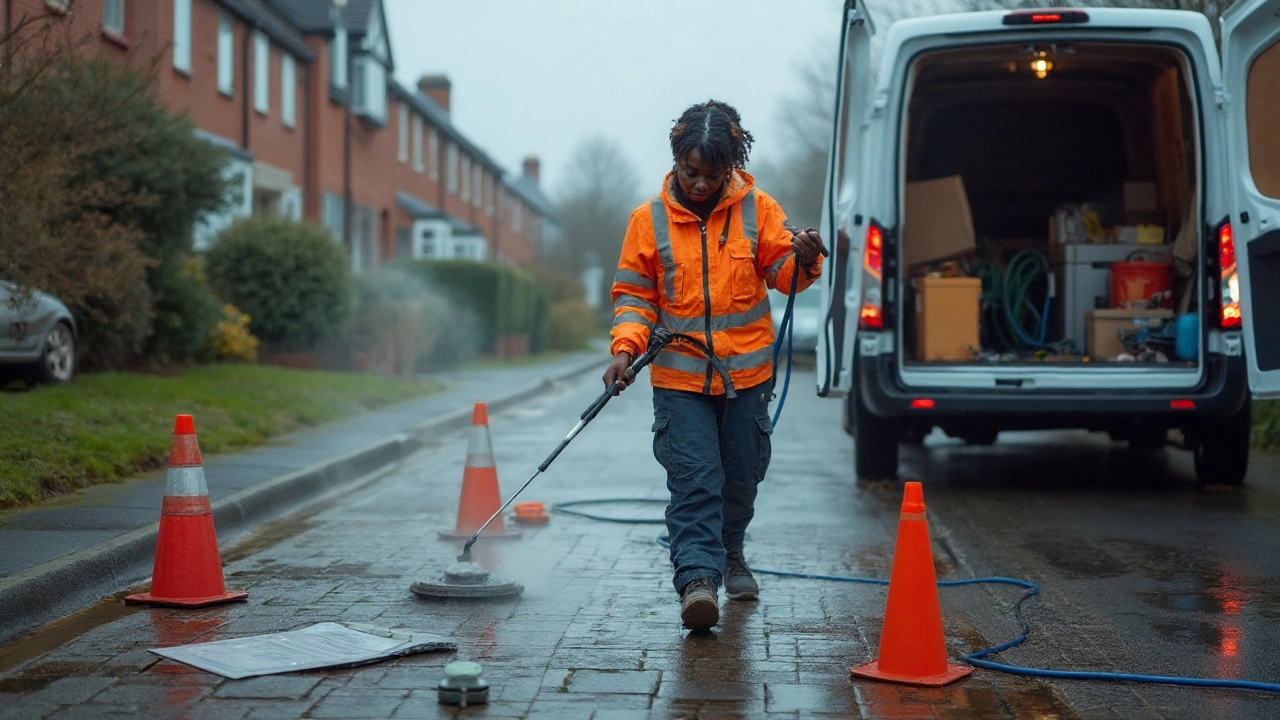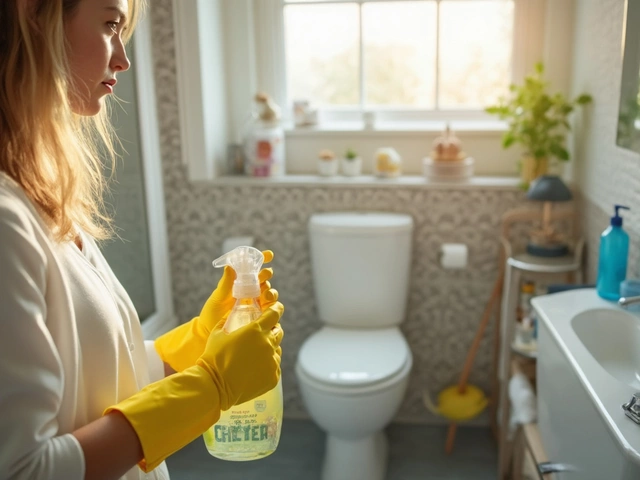Public Liability Insurance: What Every Business Should Know
When dealing with public liability insurance, a policy that protects a business if a third party is injured or property is damaged on the premises, it’s useful to see how it fits with other risk‑management tools. business insurance, a broader package that may include property, contents and vehicle cover often bundles public liability as a core component. A thorough risk assessment, the process of spotting hazards that could lead to a claim helps decide the right coverage limits, the maximum amount an insurer will pay per incident or per year. Understanding these pieces lets you avoid costly gaps in protection.
Why does this matter for cleaning specialists on the Isle of Wight? Companies like Oven Love IOW handle ovens, windows and upholstery every day. A spill, a slippery floor or a broken glass can quickly turn into a third‑party injury claim. public liability insurance steps in to cover legal fees, medical costs and any compensation the claim demands, keeping the business afloat. Without it, a single accident could drain savings or even force closure. Pairing it with professional indemnity insurance, cover for errors, omissions or advice that leads to client loss adds another safety net for advice‑based services like appliance maintenance.
Key Elements to Consider
First, decide how much cover you really need. Small home‑service outfits often miss the fact that a claim can exceed £1 million, especially if the injury is serious. Your coverage limits, set the ceiling on payouts should reflect the scale of jobs you take, the number of staff you employ and the foot traffic at client sites. Second, look at the policy’s claims handling, the insurer’s process for assessing and paying out on incidents. Fast, transparent handling means less downtime for your team and a smoother experience for the customer.
Third, the cost. Premiums are driven by three main attributes: the size of the business, the nature of the work, and the chosen coverage limits. A local cleaning firm can often negotiate better rates by bundling business insurance, including property and equipment cover with public liability in a single package. Third‑party quotes and a clear risk assessment, that identifies high‑risk tasks like power‑washing or oven deep‑cleaning can also lower premiums.
Legal compliance is another driver. In England and Wales, many councils and client contracts require a minimum public liability threshold—often £1 million per claim. Failing to meet this can mean losing jobs, especially with commercial clients such as restaurants, hotels or property managers. The Isle of Wight’s local regulations echo the national standards, so keeping the policy up‑to‑date is essential for both safety and reputation.
Finally, remember that public liability insurance isn’t a one‑size‑fits‑all product. It works best when it’s part of a broader risk‑management strategy that includes regular safety training, proper equipment maintenance and clear client communication. By aligning your insurance with a solid risk assessment, process that reviews hazards before each job, you create a proactive defense against costly claims.
Below you’ll find articles that dive deeper into related topics—DIY cleaning formulas, profit guides for power‑washing, and tips for streak‑free windows—showing how the right insurance lets you focus on the work itself, not the paperwork. Explore the collection to see how practical cleaning advice and solid insurance knowledge intersect, helping you run a safer, more profitable business.





